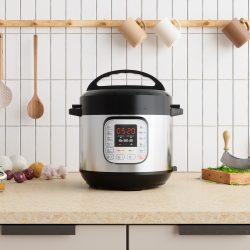A rice cooker is a handy kitchen appliance that makes cooking rice a breeze. But you might be wondering what else this useful device can do. For instance, can you cook pasta in a rice cooker, and how exactly do you do it? Fortunately, we've done the research and have all the answers you need on using your rice cooker to make pasta.
Yes, you can use your rice cooker to cook pasta.
Keep reading for more information on using your rice cooker to cook pasta. We'll tell you how to cook pasta in your rice cooker including how long it will take and how much water you should use. We'll also tell you what else you can cook in your rice cooker and how to cook pasta in a Comfee rice cooker.
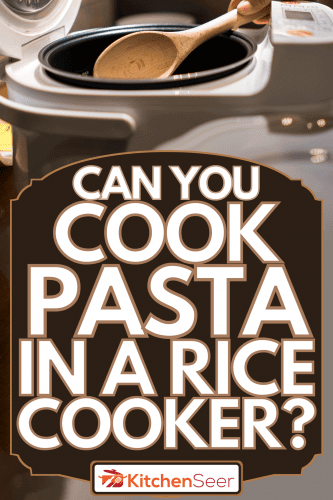
You Can Use Your Rice Cooker to Cook Pasta
When you're cooking either rice or pasta on the stovetop, the process is more or less the same: combine dry rice or pasta with boiling water and cook until it's reached the desired texture, watching the whole time to make sure it turns out just right.
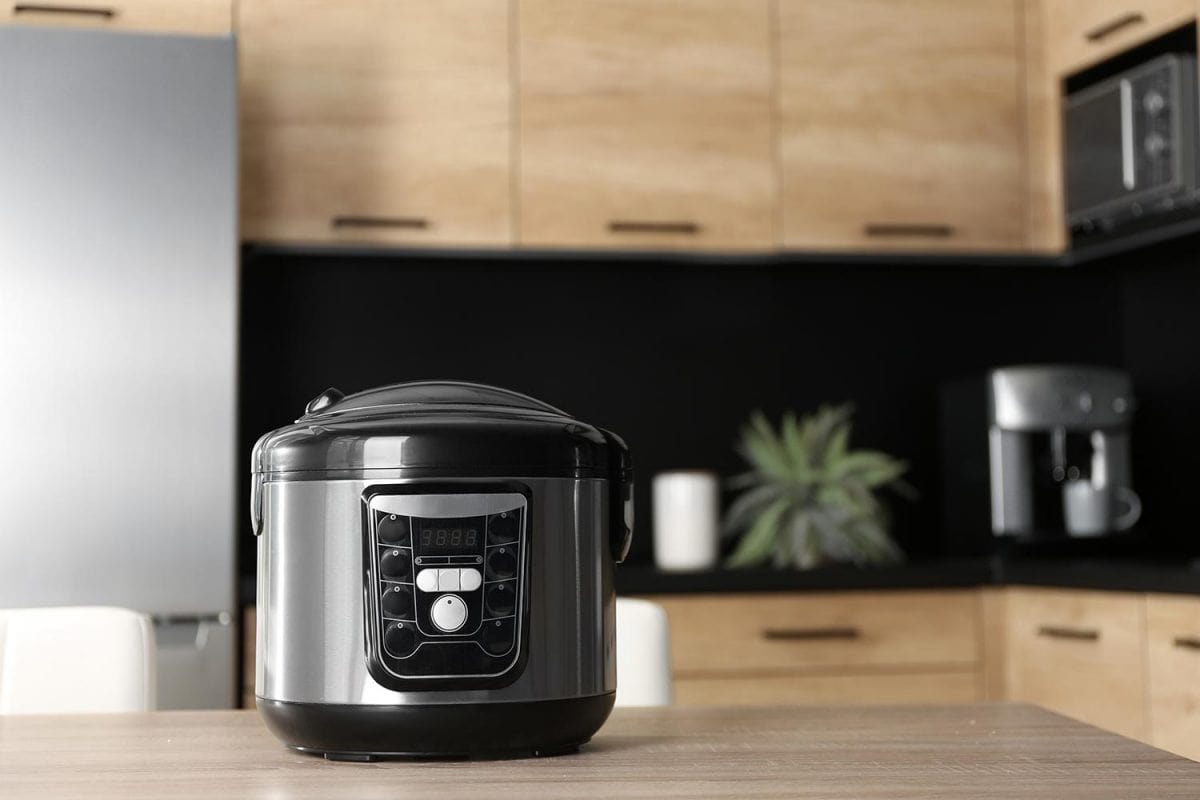
For rice, a rice cooker makes this a hands-off process. You simply measure the right ratio of rice to water, add them both to the cooker, press a button or two, the machine heats to boiling for a certain amount of time, and voila—you have perfectly cooked rice every time.
Not having to monitor the rice as it cooks saves both time and effort, freeing you up to focus on other cooking tasks. Plus, it saves space on the stovetop.
But just because this appliance was primarily designed to make rice doesn't mean you can't use it for other food, too. Anything that primarily cooks by combining boiling water with a dry ingredient—like pasta—is ideally suited to make in your rice cooker.
What Types of Pasta Can I Make in a Rice Cooker?
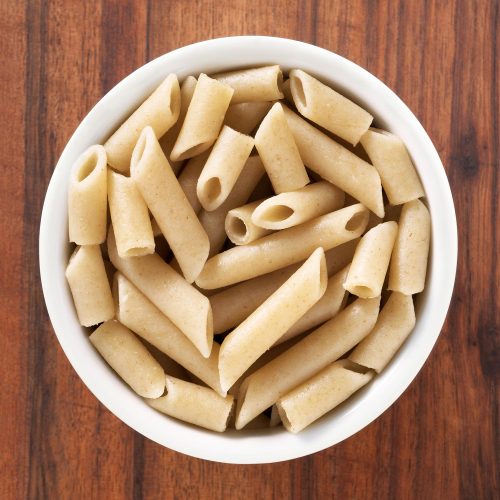
Any type of plain pasta can be cooked in a rice cooker. Smaller shapes like macaroni, fusilli, bow ties, shells, and orzo are the simplest to use since they will fit easiest in the rice cooker.
But you can also make larger types of pasta like spaghetti and linguine if you break them in small enough pieces to fit inside the rice cooker first. You can also add a simple sauce along with the pasta to make a one-pot meal in many rice cookers.
How to Cook Pasta in a Rice Cooker

The first thing to keep in mind is that not all rice cookers are created equal. They can vary in size from three to ten cups, and different brands might have additional features and functionality which can greatly affect the amounts and types of pasta meals you can make in your rice cooker.
If you have the owner's manual for your specific rice cooker model (or you can find it online) and it offers tips for making pasta, definitely follow those for the best results.
The fancier machines will naturally allow you to make fancier meals, sometimes featuring options to sauté meats and veggies to add to your pasta right in the rice cooker.
Otherwise, these instructions should work with most brands of rice cookers to make basic pasta.
1. Determine How Much Pasta You Can Make in Your Rice Cooker
Pasta, like rice, will expand as it absorbs water while it cooks. To be safe, assume that the pasta will at least double in size while cooking in your rice cooker. Trying to cook more pasta in your rice cooker than it can hold could result in overflowing, the pasta not cooking correctly, or both.
If your rice cooker is especially small, start with only a half to one cup of dry pasta the first time you use it to make pasta. After you've experimented a few times, you can increase the amount of pasta if you're confident your machine can handle a larger quantity.
2. Add the Water
This will also require a bit of experimentation. Unlike rice, you don't typically use an exact measurement for the water when cooking pasta. And the ratio your rice cooker recommends for rice won't necessarily be the same for pasta.
After you add your pasta to the rice cooker, you'll want to add enough water to completely cover the pasta. About 1/8 to 1/4 inch above the pasta is a good starting point, though you may want to use a little less if you prefer your pasta al dente.
3. Add Salt and Oil
Add a pinch of salt for flavor. Don't add as much salt as you would when cooking your pasta in a big pot of water on the stovetop and then draining it. Ideally, all the water will evaporate within the rice cooker, leaving all the salt you add behind in the pasta.
Add a teaspoon of oil. This helps keep the pasta from foaming up and potentially overflowing the rice cooker.
4. Close the Lid and Press the "Start" Button
Depending on your rice cooker, the "start" button may be labeled "Cook," "Cooking," or something similar.
If your machine has other menu settings you need to select first (and doesn't offer pasta-specific options), choose whichever is the shortest, such as quick cooking or the one for making basic white rice. You can always press the button again to keep cooking if your pasta isn't done.
5. Check the Pasta
As soon as the timer goes off, check the pasta and turn off the rice cooker if it is done. Do not leave it on the "Warm" setting as you would with rice, as this might cause the pasta to burn on the bottom.
If the pasta has reached your desired texture and all the water is gone, great—time to eat! If some water remains but the pasta is done, strain out the excess water, and make a note to use a bit less water next time.
If the pasta is not cooked enough, give it a stir, add a little more water if necessary, and press the cook button again. You'll probably want to check it again before the timer goes off, especially if it seemed close to ready the first time.
Alternative Cooking Method
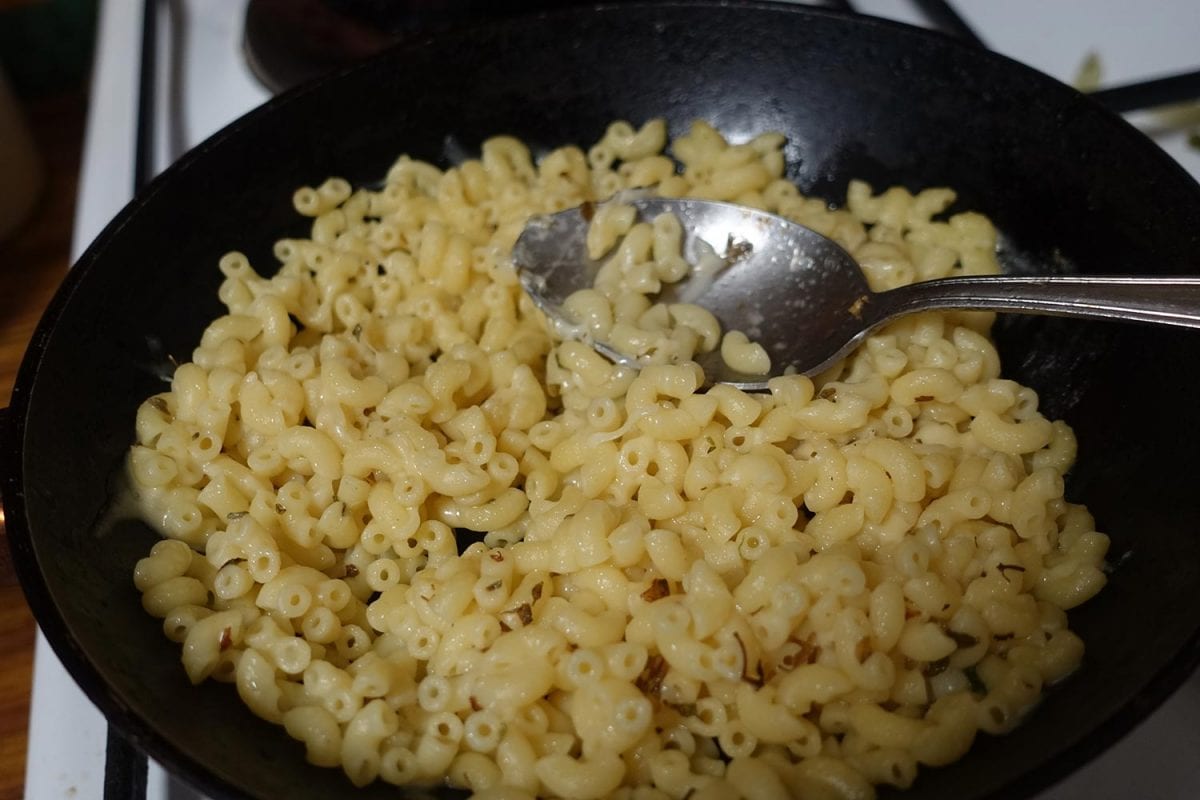
You can also opt to cook pasta in the rice cooker just as you would on the stovetop—boiling the water first, then adding the pasta. Depending on your rice cooker, this might be the manufacturer's suggested process.
With either method, some people prefer to check on the pasta and stir it periodically throughout the whole cooking process rather than leaving it completely hands off.
If your pasta ends up overcooked or sticks together too much, you might need to stir it and check on it more often without waiting for the timer to go off.
How Long Does It Take to Cook Pasta in a Rice Cooker?
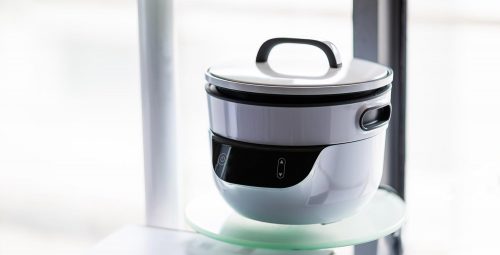
The exact amount of time it takes to cook pasta in a rice cooker will vary depending on your rice cooker model and the type and amount of pasta you are cooking. Smaller, thinner pastas like angel hair usually cook faster than thicker pastas like fettuccine.
If you opt to boil the water before adding the pasta, you would simply cook it for whatever time is indicated on the box, usually anywhere from five to eleven minutes.
When using the rice cooker to heat the water and pasta at the same time, such as in the basic instructions above, expect it to take longer, similar to how long it takes the rice cooker to make rice.
How Much Water Do You Use to Cook Pasta in a Rice Cooker?
The exact amount of water you will use to cook pasta in a rice cooker will vary based on how much pasta you are cooking. You need to add enough water to cover the pasta, up to 1/8 to 1/4 inch above the pasta.
Depending on the type of pasta, how al dente you like it, and the brand of your rice cooker, you might need to add a bit more or less water.
What Else Can You Cook in a Rice Cooker Besides Rice?
Along with all types of rice, basic rice cookers can cook most food that involves mixing a dry ingredient with water or another liquid, like quinoa, oatmeal, farro, and of course, pasta.
Some rice cookers can also be used to sauté meat and vegetables to make more elaborate pasta or rice dishes or other meals. Many people also use their rice cookers to steam vegetables, and depending on the model, you might even be able to use your rice cooker to bake a cake.
How to Cook Pasta in Comfee Rice Cooker
The process for cooking pasta in a Comfee rice cooker will vary depending on the model.
Some models of Comfee rice cookers include a specific pasta setting. For those models, you'll want to select the Pasta button which will let you select the amount of time to cook your pasta.
If you add the pasta after the water has reached boiling, you'll want to set the timer to match the time on your pasta box rather than the default setting of 20 minutes.
For those Comfee models that don't have a specific pasta setting, you can use the basic pasta instructions provided above.
In Closing
A rice cooker is a versatile kitchen tool that can be used for far more than cooking the perfect cup of rice. Let your rice cooker earn its spot on your kitchen counter by doing double duty as a pasta cooker, too. For more information on rice cookers, check out these other articles:
Pressure Cooker Vs Rice Cooker: Which To Choose?
Can Rice Cookers Cook Brown Rice? [And How To]

![Pour water into rice - How Much Water To Rice In Rice Cooker [Ratio By Type Of Rice]](https://kitchenseer.com/wp-content/uploads/2022/03/Pour-water-into-rice-250x250.jpg)

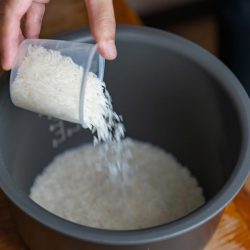
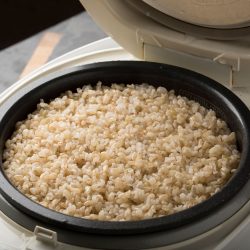
![A rice cooker filled with freshly cooked rice, Can Rice Cookers Cook Brown Rice? [And How to]](https://kitchenseer.com/wp-content/uploads/2022/02/A-rice-cooker-filled-with-freshly-cooked-rice-250x250.jpg)
